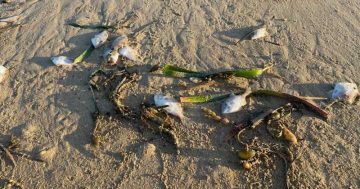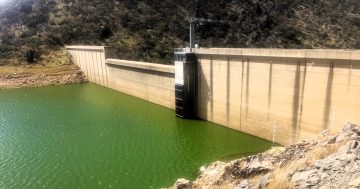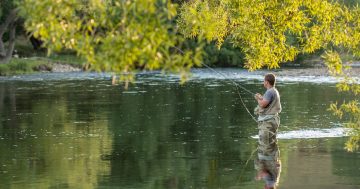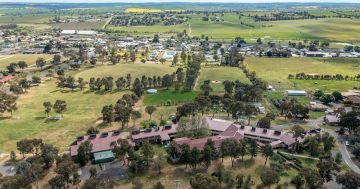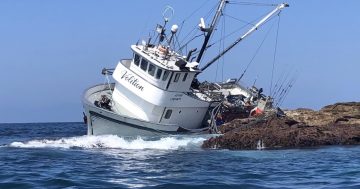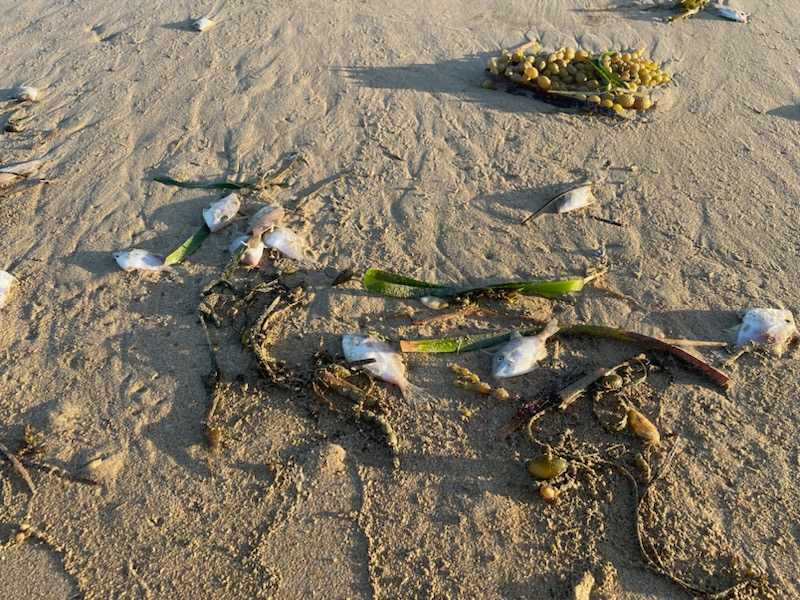
The dead fish were seen along Australia’s east coastline in March. Photo: Genevieve Jacobs.
CONTENT WARNING: This story contains images that may upset some readers.
An investigation has found that recent fish deaths on the South Coast were probably the result of natural causes.
On 17 March, beachgoers discovered thousands of leatherjacket fish had washed up on the NSW coastline.
At the time, a spokesperson for the NSW Department of Primary Industries and Regional Development (DPIRD) said Fisheries NSW officers were investigating.
The DPIRD has now announced their deaths were “most likely” caused by “occasional natural events (starvation and/or thermal shock)”.
As part of the investigation, samples from the dead fish were sent to the department’s aquatic biosecurity team at the Elizabeth Macarthur Agricultural Institute (EMAI).
“Testing revealed [that] no single primary infectious cause of disease was identified, however some fish had ulcerations and [a] range of opportunistic parasites and bacteria,” the DPIRD spokesperson said.
“Observed liver changes were consistent with those in fish that have not been feeding adequately.”
The spokesperson also said leatherjackets were known to struggle amid water temperature changes.
“Similar mass fish deaths of leatherjackets are well documented for NSW and parts of Victoria and have been attributed to thermal shock related to warm eddies transporting fish south, then dissipating, or cold water upwellings occurring,” they said.
“The fish are unable to tolerate the temperature shock.”
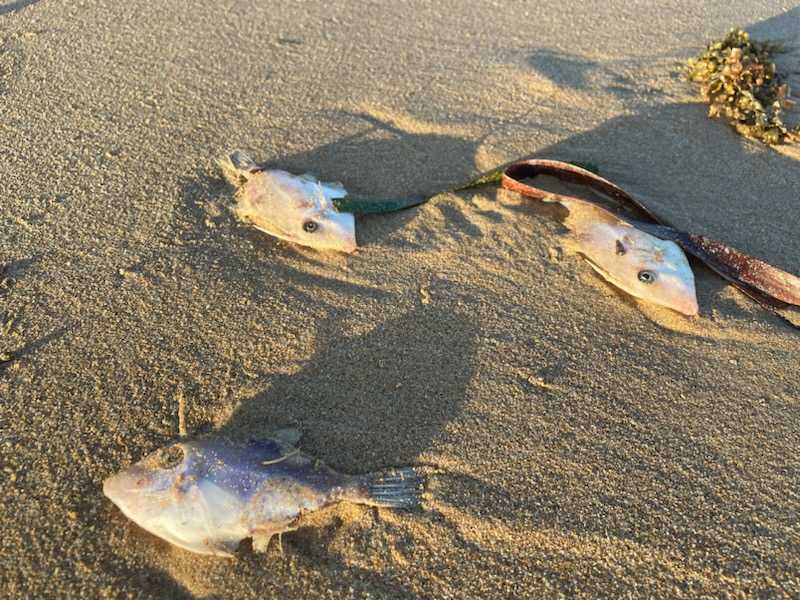
According to an investigation, some of the fish showed signs of not eating enough. Photo: Genevieve Jacobs.
The natural habitat of the Threadfin Leatherjacket is predominantly tropical sandy bays and river mouths of northern and eastern Australia, as well as Moreton Bay in Queensland.
Occasionally, so-called ‘bumper’ breeding seasons mean very large numbers of juvenile leatherjackets move into deeper water before they are swept south by the strong eastern ocean currents.
While these fish are omnivorous, the food supply in the deep-water column is thought to be poor. The fish can become debilitated then, or when they head inshore and find that the already-colonised shallow habitats cannot support them in their hundreds of thousands.
Survival rates in normal seasons are only around 5 per cent.
There are more than 20 species of leatherjacket found throughout NSW waters, according to the NSW Department of Primary Industries (NSW DPI).
They are known for having small mouths with beak-like teeth, rough skin and a serrated spine on the tops of their heads.
Community members are encouraged to report any fish deaths or observations by calling the Fishers Watch on 1800 043 536.







